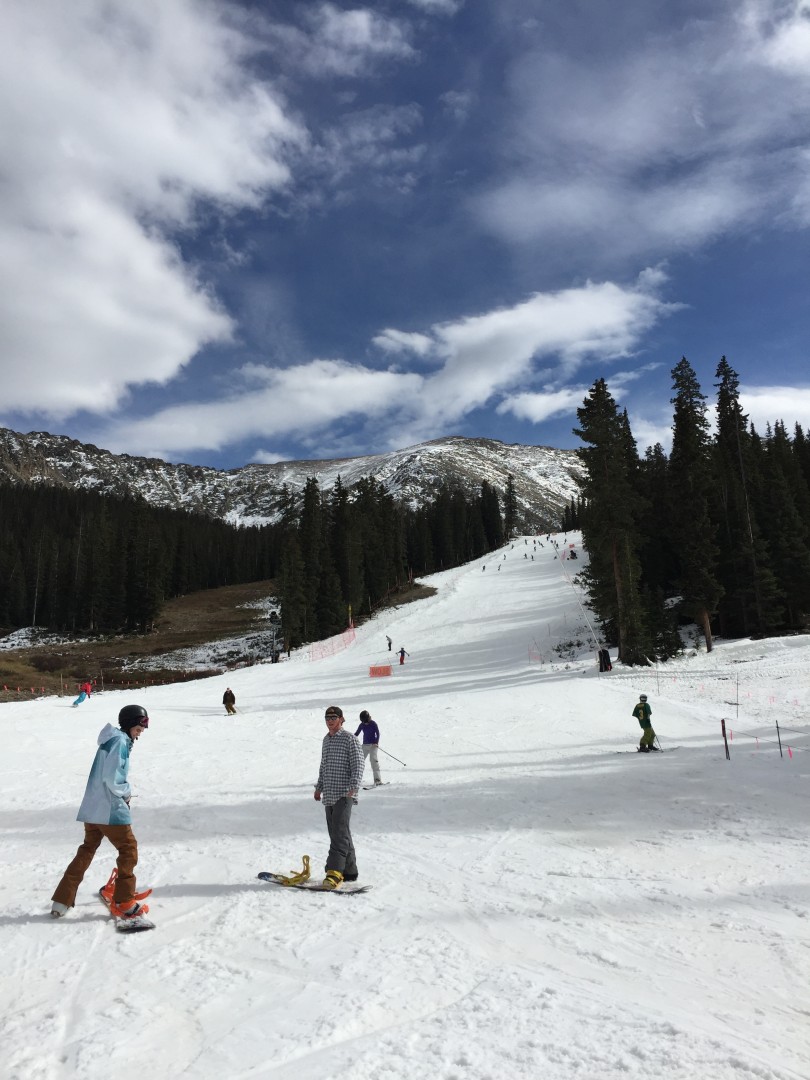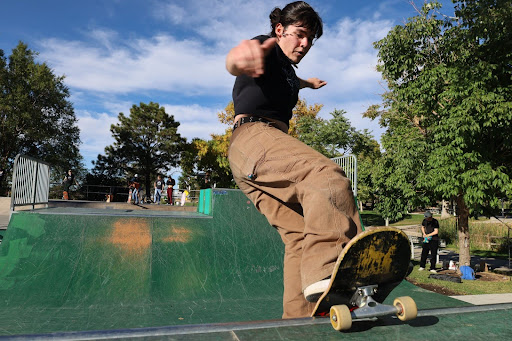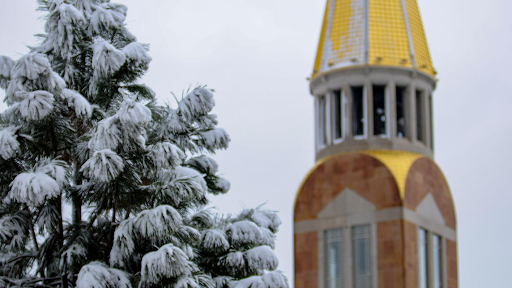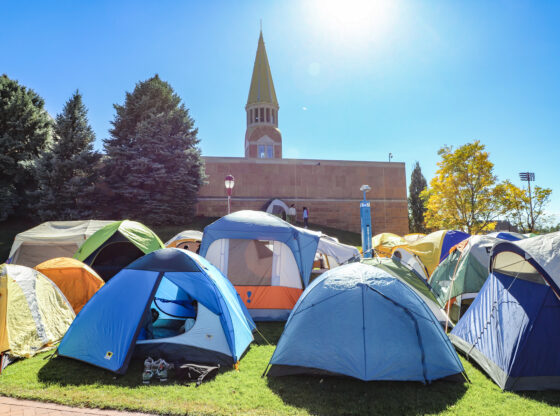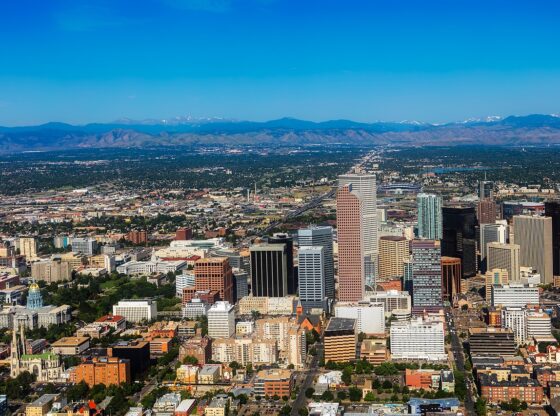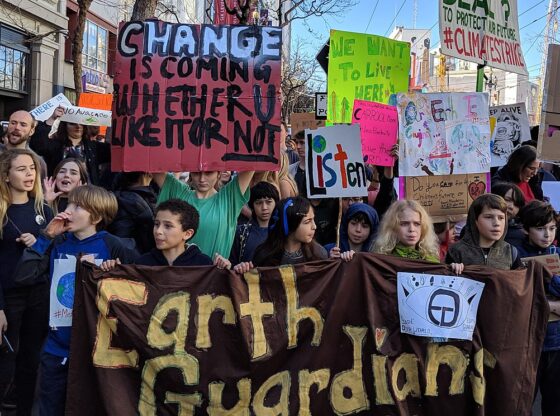There is a saying that goes, “you’ll meet a lot of old mountaineers, you’ll meet a lot of crazy mountaineers, but you’ll never meet an old-crazy mountaineer.” With so many people loving the outdoors, it’s easy to overdo it and to find yourself in a dangerous situation.
What would have been any other ski day for fourth year journalism and communications double major Anna Bernard quickly turned serious when she found herself out of her skill set. Anna was snowboarding on the back-side of Arapahoe Basin after it had been closed for a few days due to extreme weather and conditions.
“I had never been in that much powder. I got separated from [my friends] immediately and ended up going out of bounds,” said Bernard. “I ended up gaining speed and losing control, and I hit a tree with my head.”
After coming to, Bernard realized she was stuck neck-deep in a tree well. She eventually made her way back and was treated by Ski Patrol for a concussion and dehydration.
Bernard was lucky. Wilderness Exchange, an outdoor gear store, hosted a free avalanche course this year, where I found that Colorado has more avalanche deaths than any other state by far. From 1950-2013, Colorado had 259 fatalities, while Alaska, the state with the second most fatalities experienced 141. The instructor explained that this is due to the popularity of backcountry skiing in Colorado. While the fresh, untouched powder in the backcountry is a dream for the avid skier or snowboarder, it is also prime avalanche territory.
Second year finance major Johnny Youngs has spent his fair share of time in the backcountry and has completed a Level One avalanche course, which teaches how to “plan for travel in avalanche terrain, identify avalanche terrain, decide where and how to travel and practice companion rescue.”
“You have to make sure you have the gear, knowledge and a partner. You need a beacon, shovel and a probe, and you need to know how to use it,” said Youngs.
These courses are offered by outdoor gear stores as well as through regional organizations. Stores such as REI and Wilderness Exchange host avalanche awareness courses that are often free. For backcountry skiing and snowboarding, it is recommended to take at least a level one class through the American Institute for Avalanche Research and Education (AIARE) which are around $400-450. You can take these classes through the organization itself, the Colorado Mountain School or Apex Mountain School.
Fortunately, most people who intentionally backcountry ski do have adequate training. With the increase in popularity, more courses are offered in convenient locations. Problems arise more so from overconfidence or, as in Bernard’s case, wanting to keep up with your group despite the danger.
“Those who push it too much aren’t around to talk about it,” said Youngs.
It’s no secret that Coloradans are obsessed with the outdoors and make no exceptions for seasons. This type of community pushes people to go as far as they can in their outdoor hobbies. However, staying within your limits and skill set is the best way to stay safe. If you want to go further, training and proper gear are a must.

